Science Update: September 2025
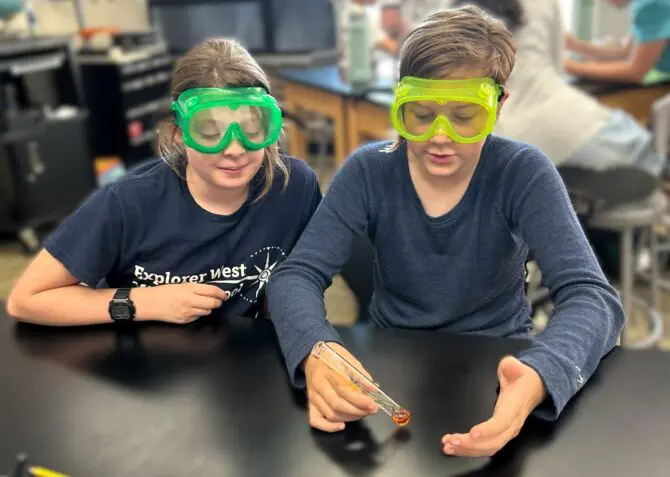
Grade 6 (Kristin)
Sixth graders have been exploring the question, “How does a hot air balloon take off?” Many guessed that it had something to do with heating the air inside the balloon, but what is actually happening to those air molecules that allow the balloon to slowly rise and then stay afloat?
We’ve worked through a States of Matter Simulation and performed several experiments that dig into the concept of density. Developing strong partnership habits as well as puzzling through tricky ideas on our own are two of the “studenting” skills we’ve also been practicing.
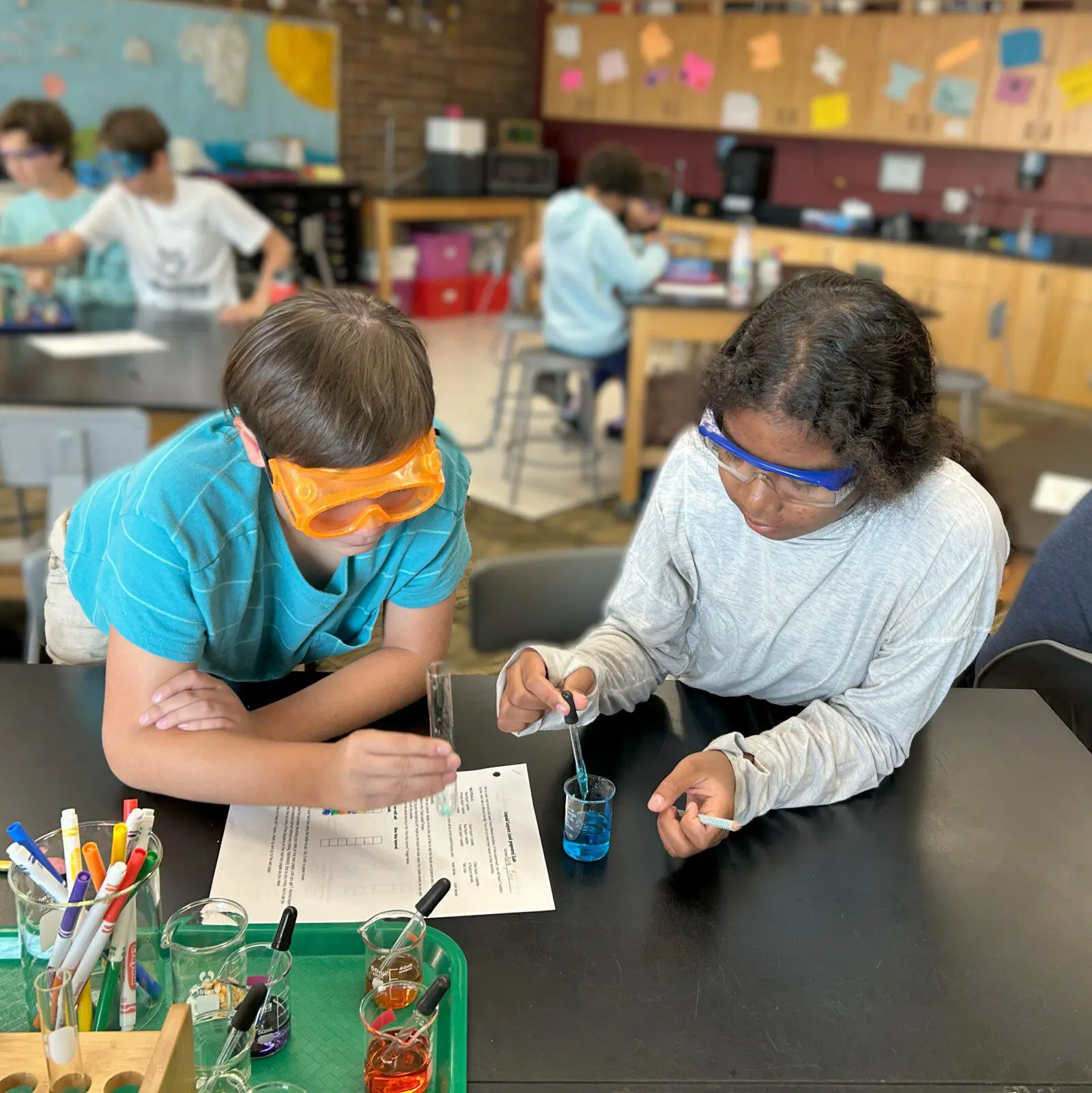
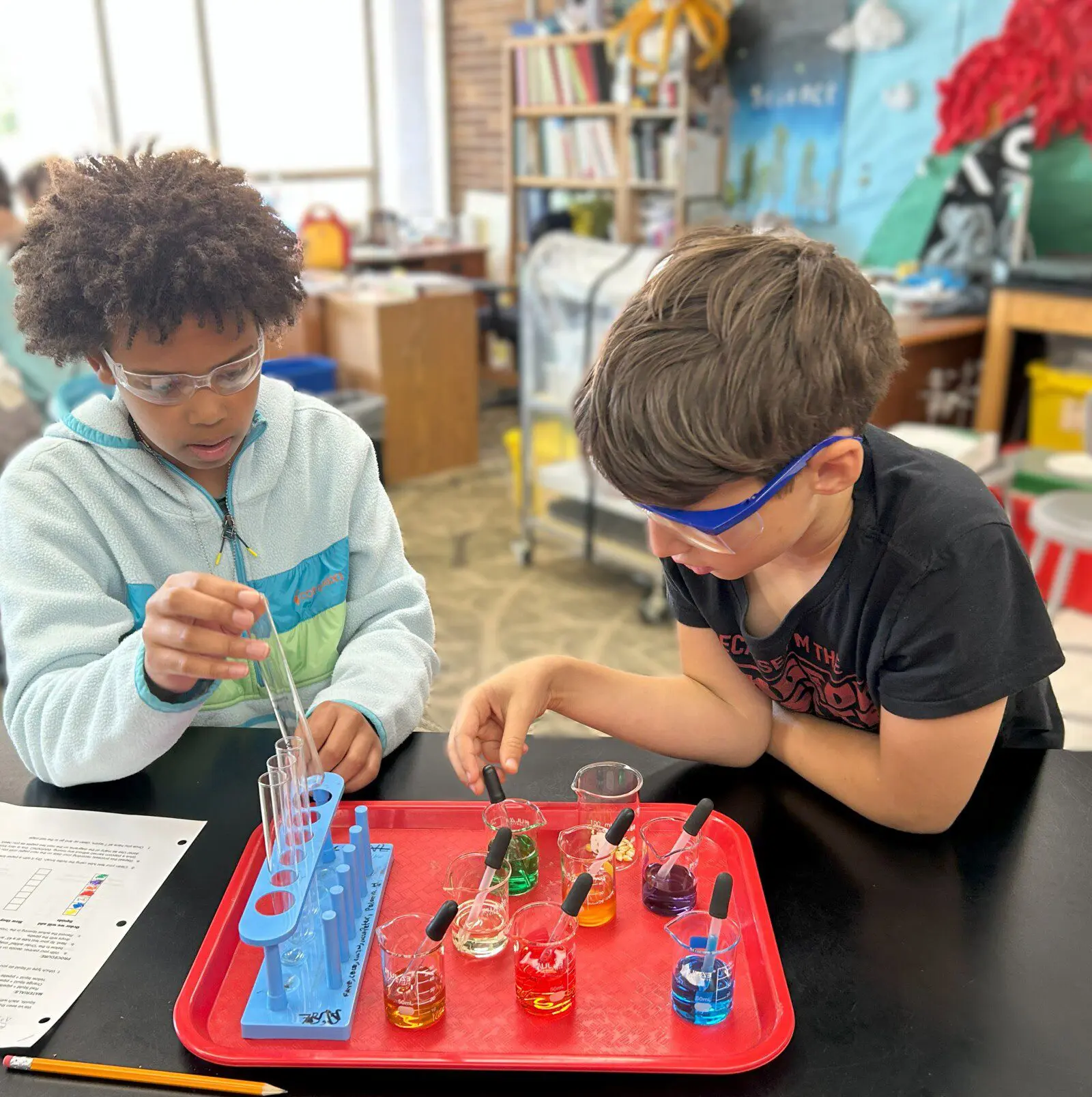
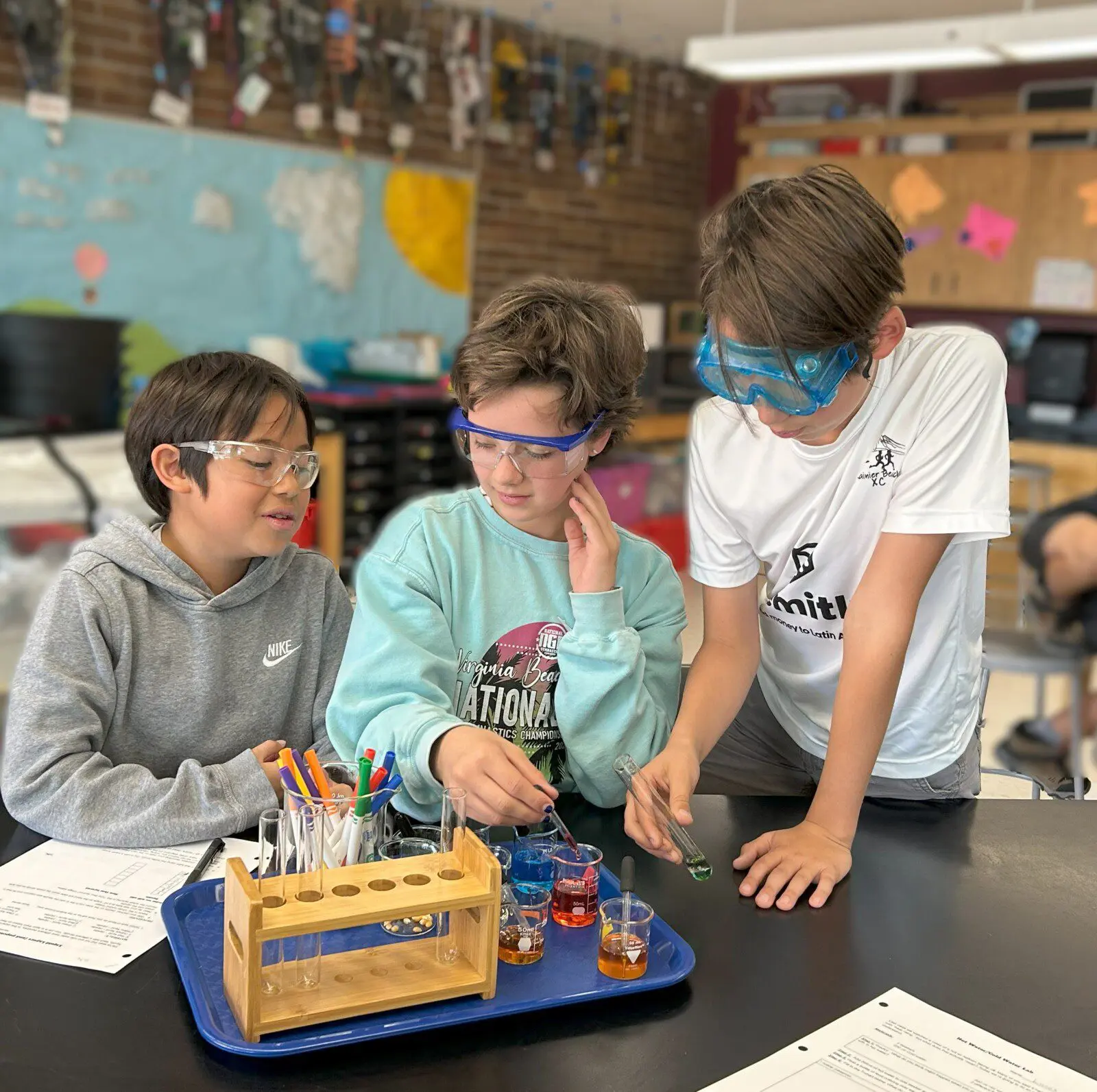
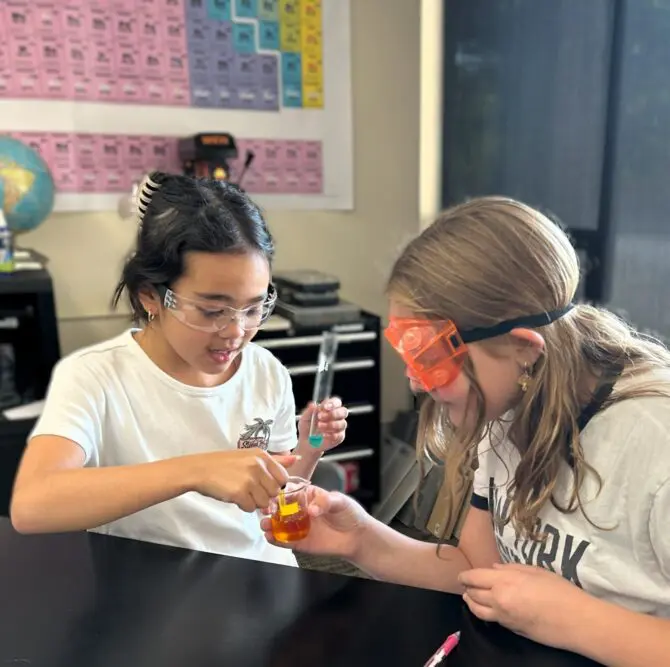
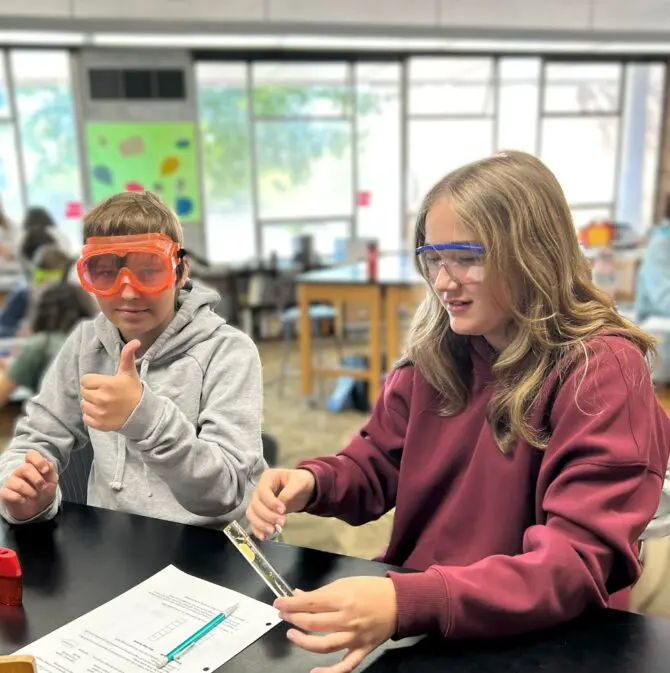
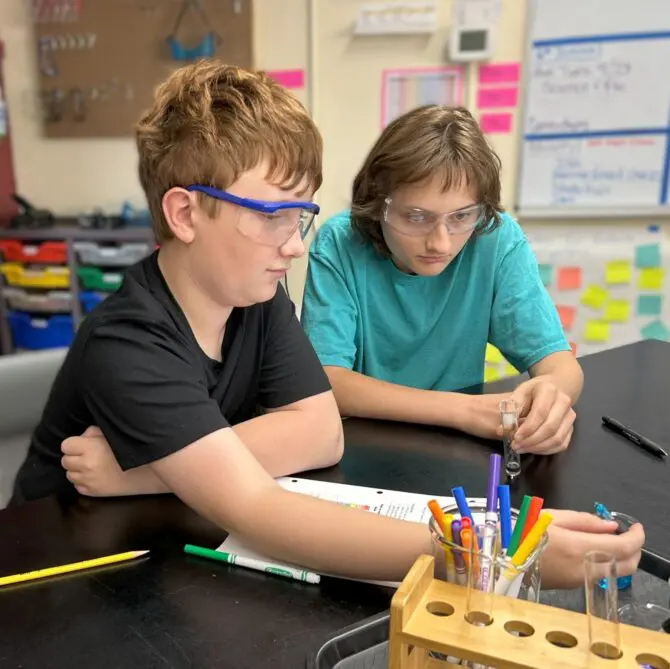
Grade 7 (Virgil)
Seventh graders have been learning about an injury that happened to a middle school student, which caused him to need stitches, pins, and a cast. They analyzed doctors' reports to develop an initial model of what happens in the body when it heals.
Students are investigating the composition of different parts of the human body, ranging from the macro scale to the micro scale. They are figuring out that parts of our body are made of cells and that these cells work together for our body to function.
Over the next few weeks, they will investigate what happens when cells divide, what cells need to do so, and how cells obtain the necessary components to replicate. Students will return to the healing timeline they created at the start of the unit and apply what they have learned about the interactions between the different systems in the body to explain the various events that occurred during the healing process for the injury at the beginning of the unit. Finally, they will apply their model for healing to explain growth at growth plates in children's bodies as they become adults.
Grade 8 (Kristin)
How do we know the continents are moving? The eighth grade has been systematically analyzing evidence and developing arguments that confirm the continents have been shifting across the surface of the earth. For example, fossils from land reptiles that couldn’t possibly swim across the Atlantic have been found in South America and Africa.
During their fall camping trip to Mt. Rainier, students saw glacial striations: the grooves left behind in rock when a glacier grinds past. Similar evidence of an ancient continental glacier can be found in South America, India, Africa, and Australia. In all, they are investigating seven different types of evidence. The next task is to uncover the mechanism that is driving the movement and to make predictions about the future.
